Applications
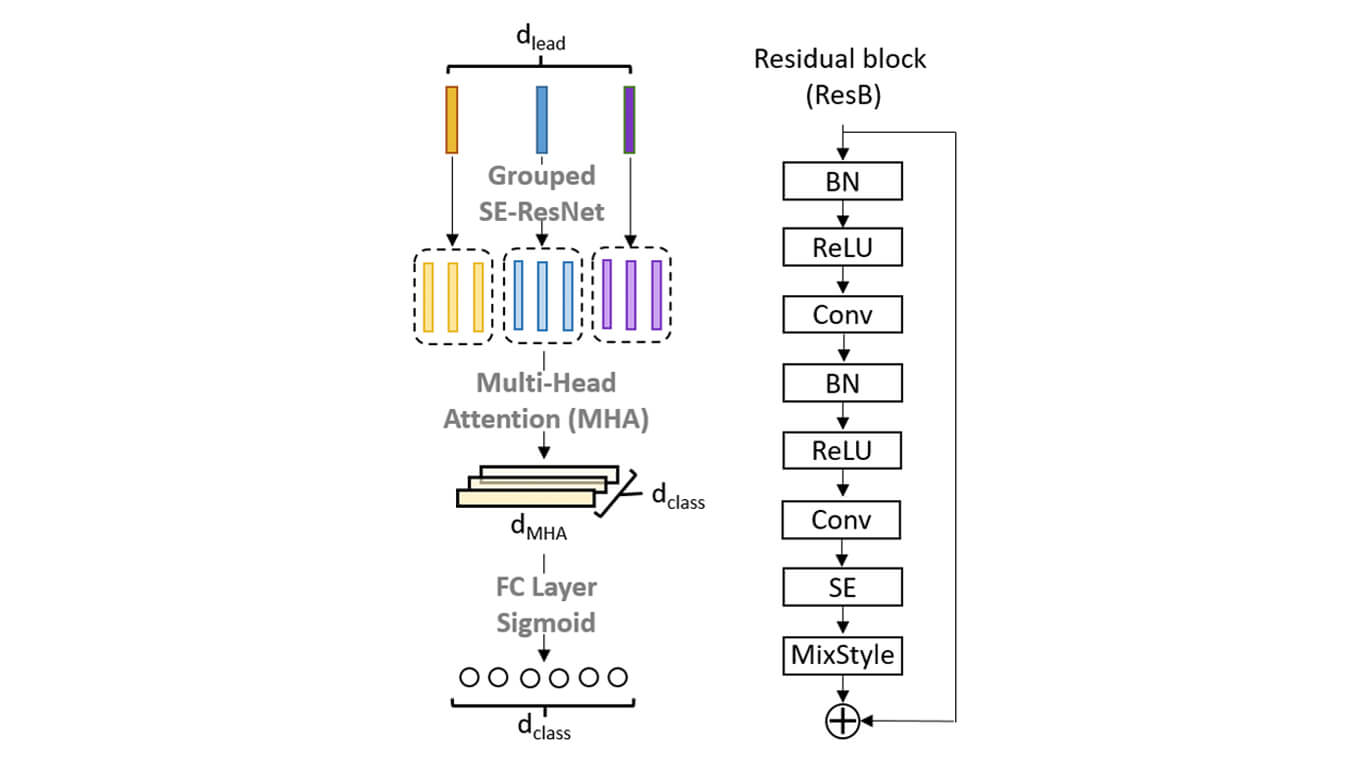
A Mixed-Domain Self-Attention Network for Multilabel Cardiac Irregularity Classification Using Reduced-Lead Electrocardiogram
As part of the PhysioNet Computing in Cardiology Challenge 2021, our team HaoWan AIeC, proposed Mixed-Domain Self-Attention Resnet (MDARsn) to identify cardiac abnormalities from reduced-lead ECG.
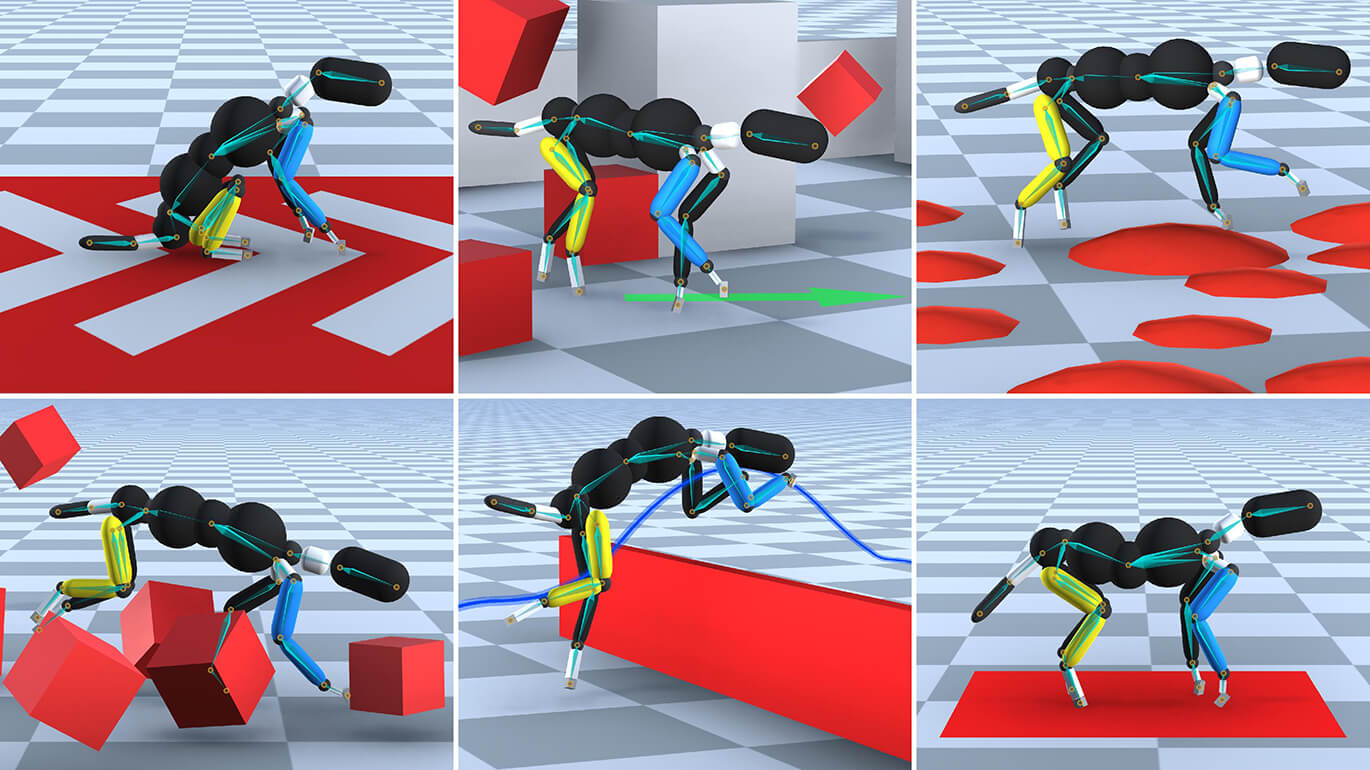
Transition Motion Tensor: A Data-Driven Approach for Versatile and Controllable Agents in Physically Simulated Environments
This paper proposes the Transition Motion Tensor, a data-driven framework that creates novel and physically accurate transitions outside of the motion dataset.
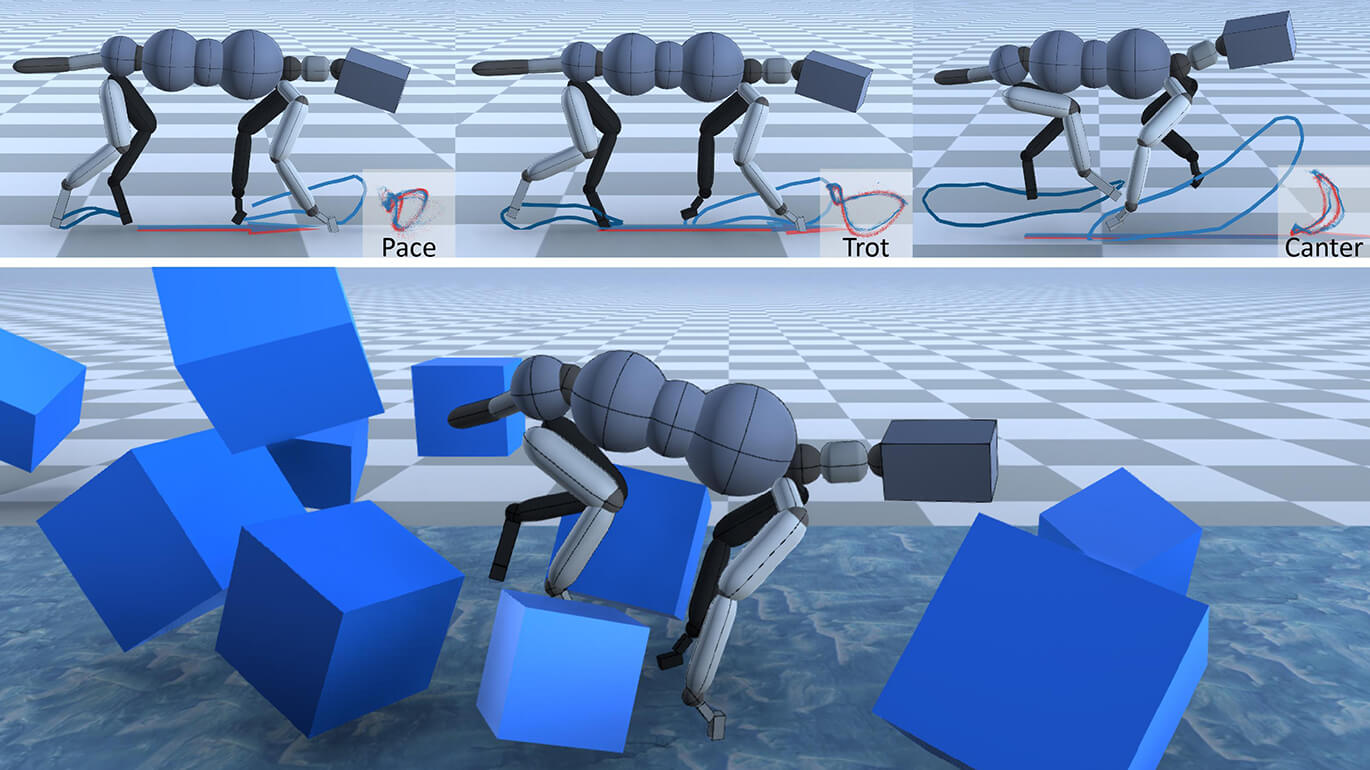
CARL: Controllable Agent with Reinforcement Learning for Quadruped Locomotion
In this paper, we present CARL, a quadruped agent that can be controlled with high-level directives and react naturally to dynamic environments.
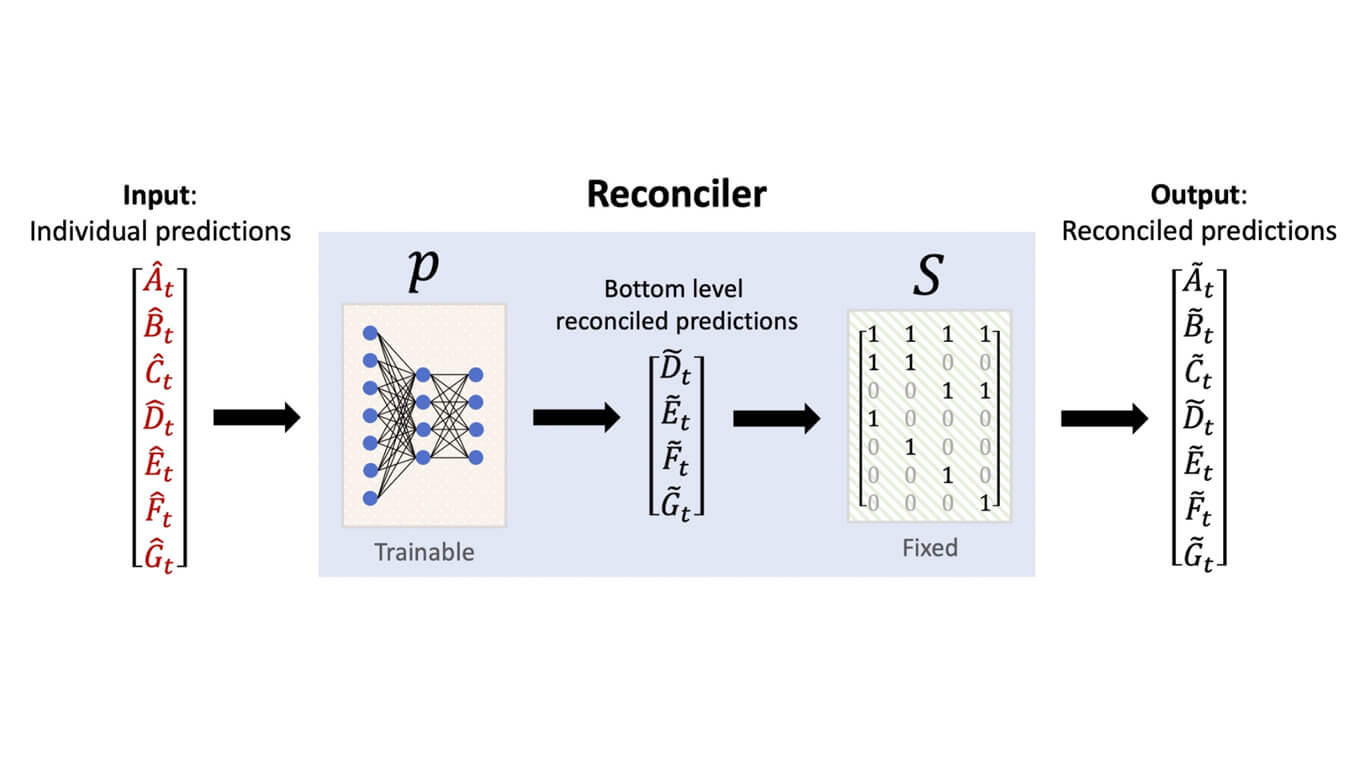
A Trainable Reconciliation Method for Hierarchical Time-Series
In this paper, we propose a new general, flexible, and easy-to-implement reconciliation strategy based on an encoder-decoder neural network.
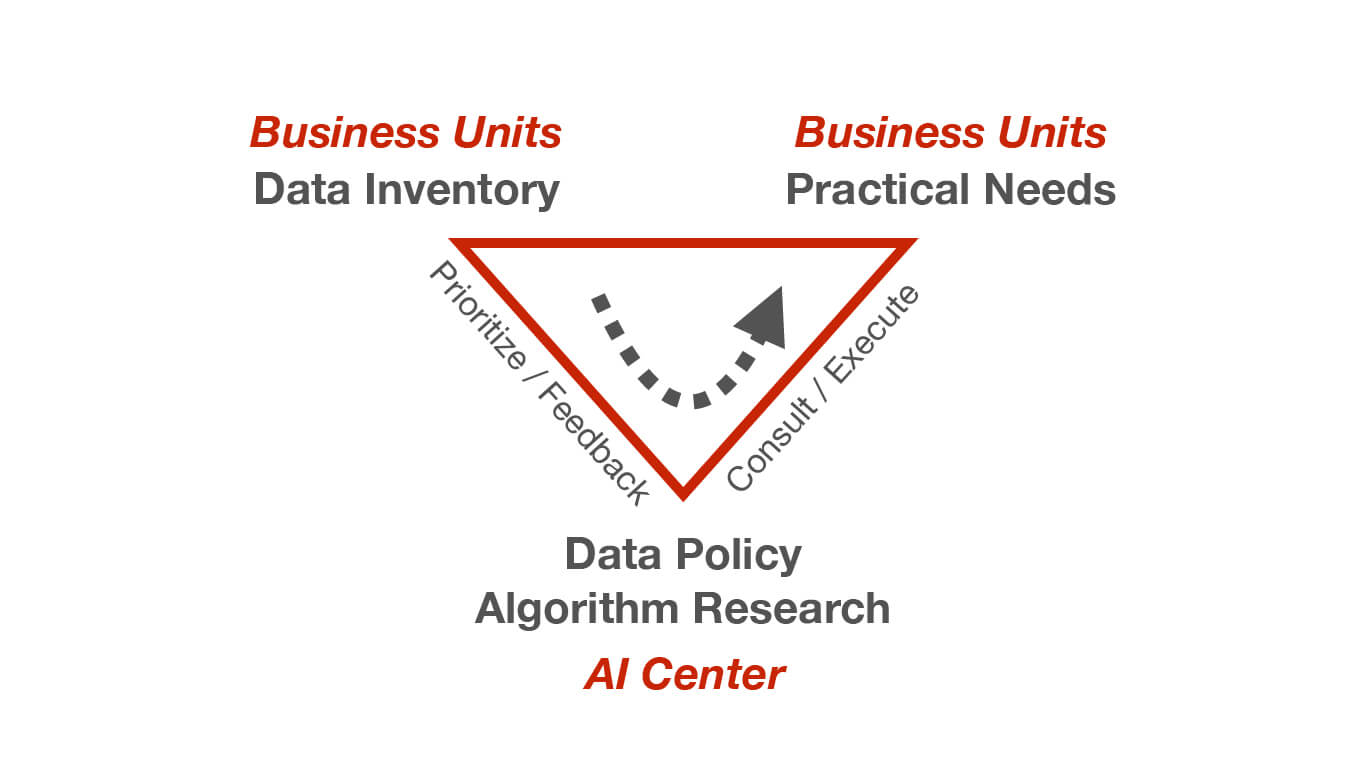
Demystifying data and AI for manufacturing: case studies from a major computer maker
We create a deep learning-based algorithm for visual inspection of product appearances, which requires significantly less defect training data compared to traditional approaches.
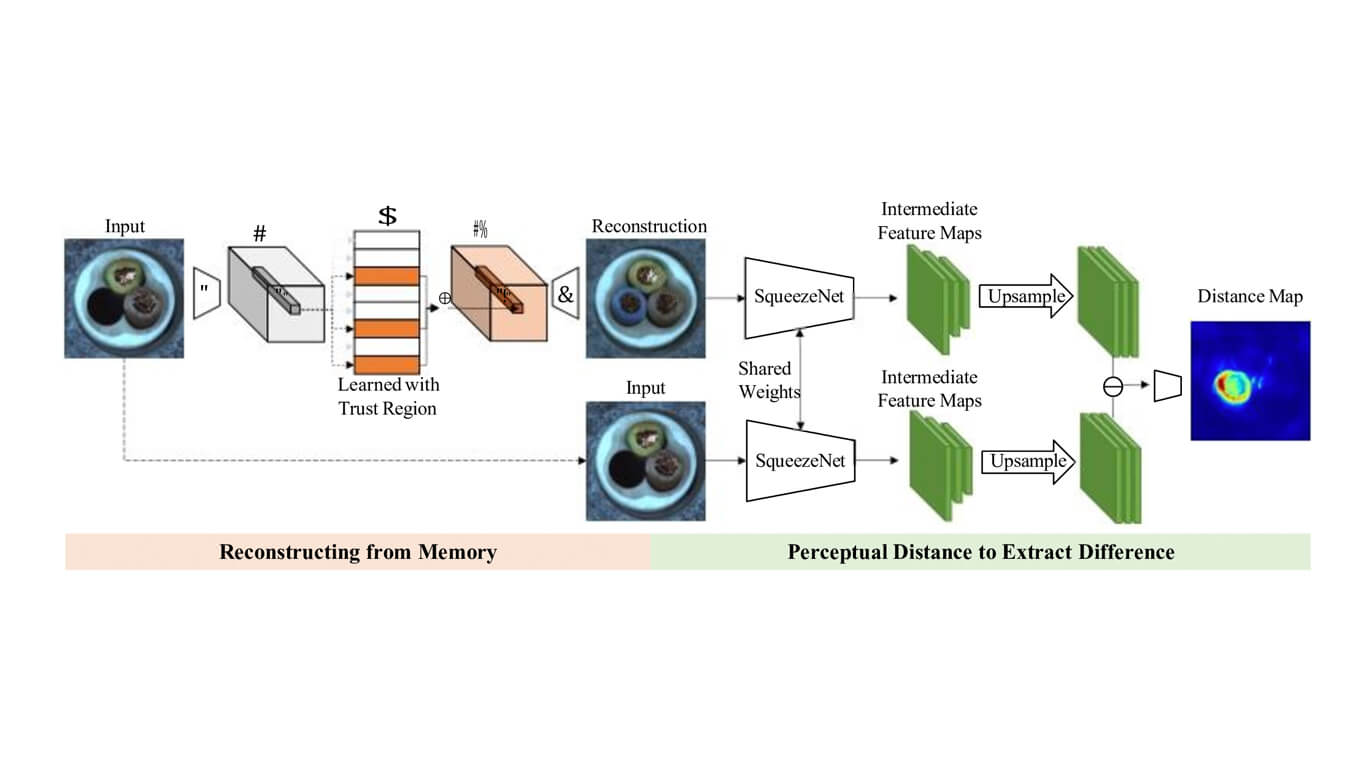
TrustMAE: A Noise-Resilient Defect Classification Framework using Memory-Augmented Auto-Encoders with Trust Regions
In this paper, we propose a framework called Trust MAE to address the problem of product defect classification. Instead of relying on defective images that are difficult to collect and laborious to label, our framework can accept datasets with unlabeled images.
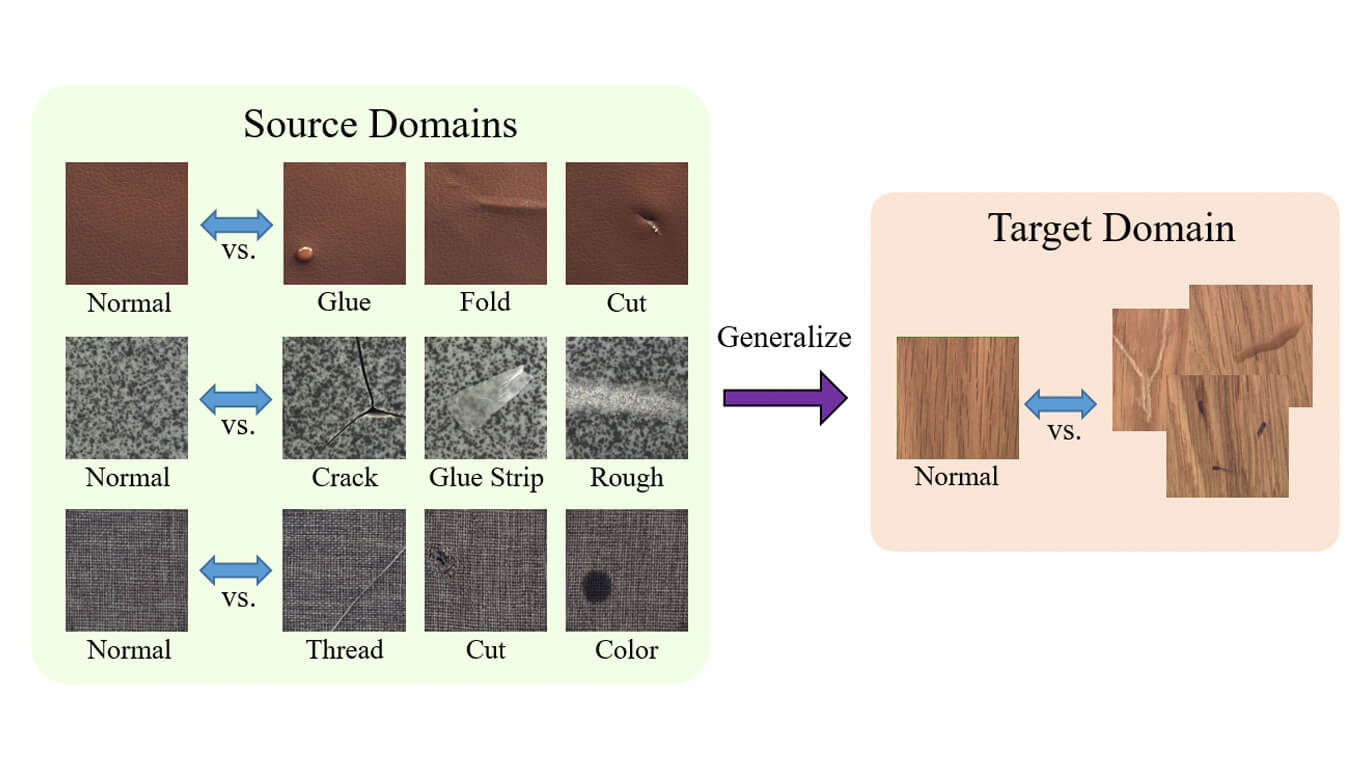
Domain-Generalized Textured Surface Anomaly Detection
By observing normal and abnormal surface data across multiple source domains, our model is expected to be generalized to an unseen textured surface of interest, in which only a small number of normal data can be observed during testing.
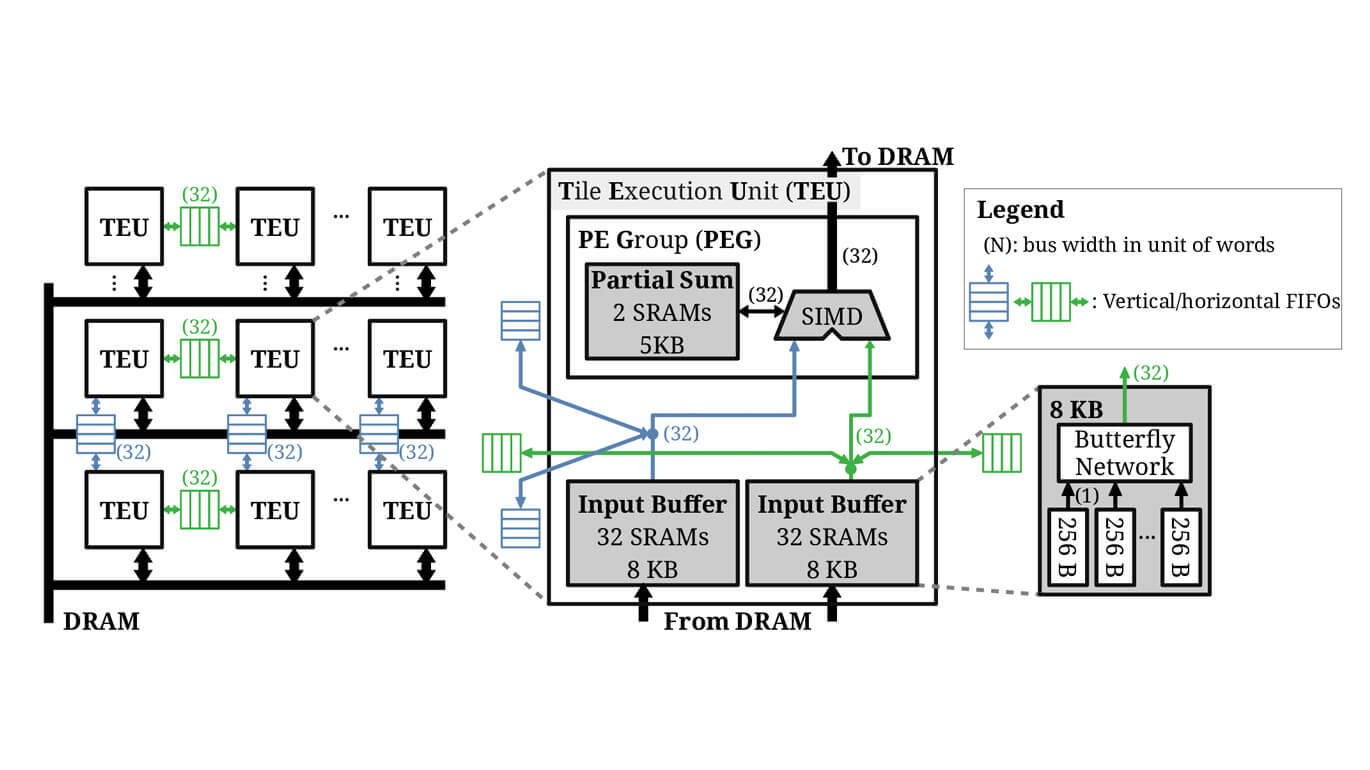
A Dense Tensor Accelerator with Data Exchange Mesh for DNN and Vision Workloads
We propose a dense tensor accelerator called VectorMesh, a scalable, memory-efficient architecture that can support a wide variety of DNN and computer vision workloads.
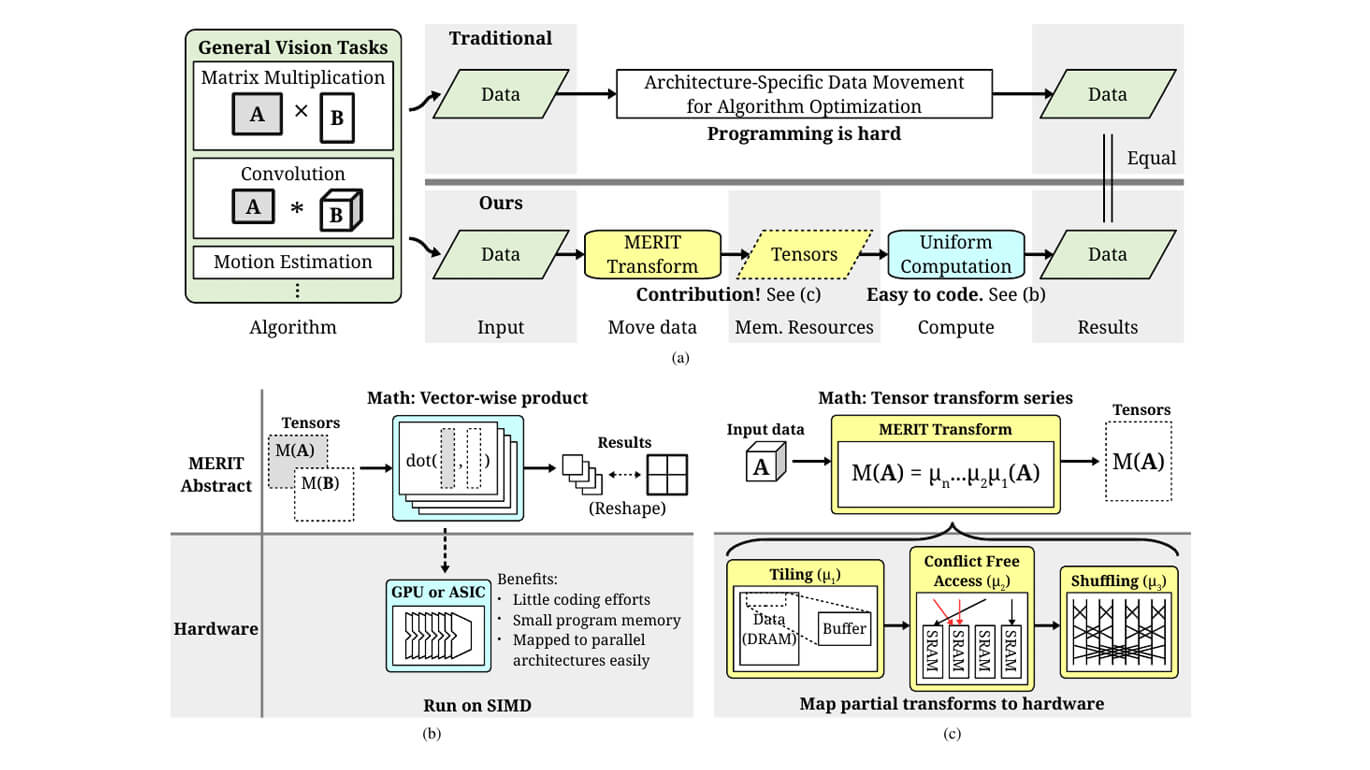
MERIT: Tensor transform for memory-efficient vision processing on parallel architectures
We propose a mathematical formulation which can be useful for transferring the parallel algorithm optimization knowledge across computing platforms.
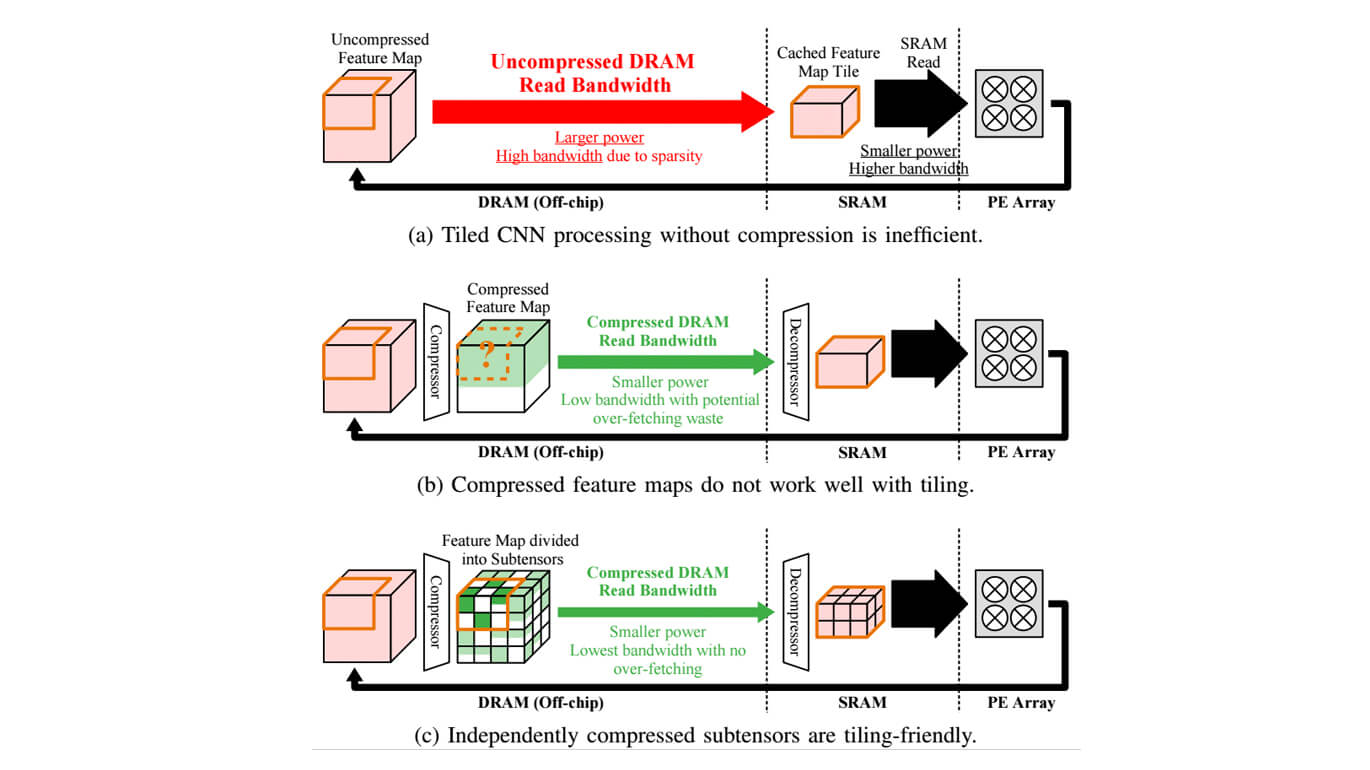
GrateTile: Efficient Sparse Tensor Tiling for CNN Processing
We propose GrateTile, an efficient, hardware friendly data storage scheme for sparse CNN feature maps (activations).
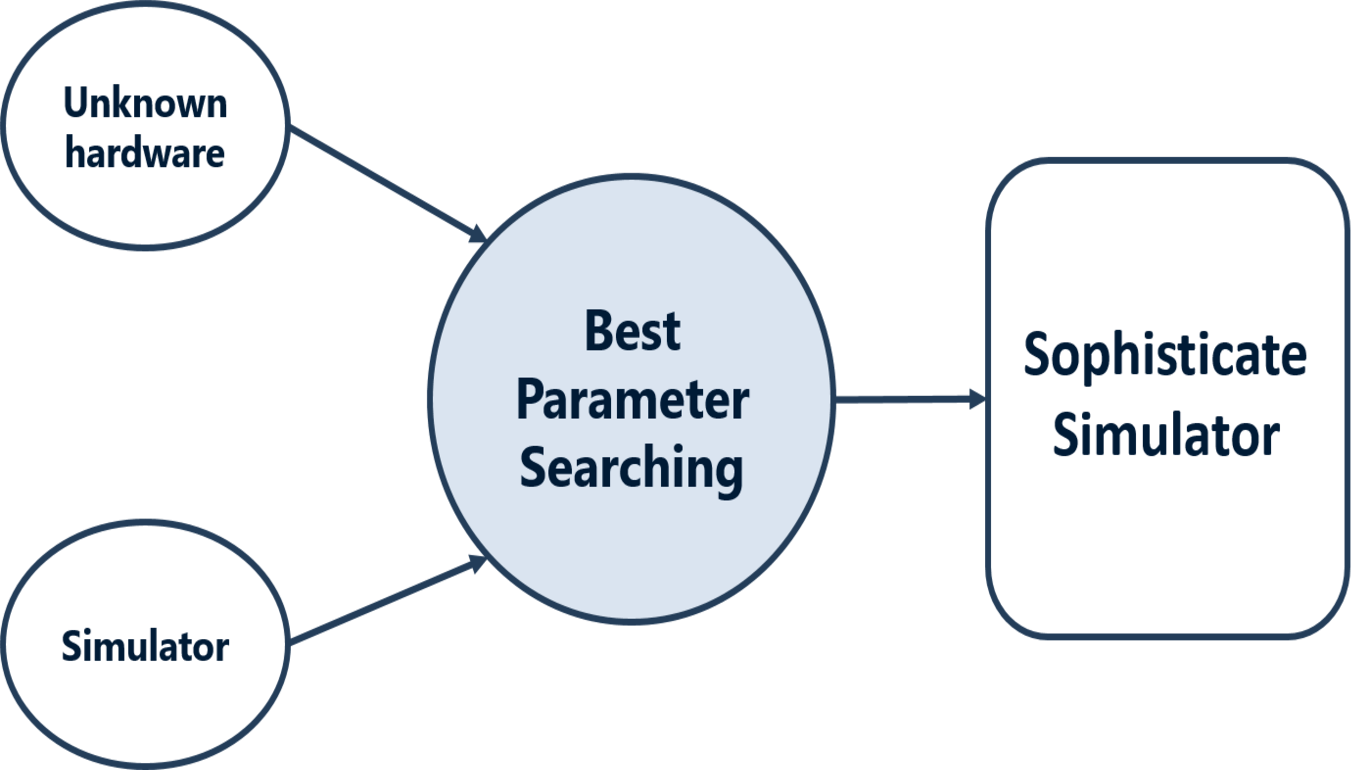
Configuration through Optimization for In-Memory Computing Hardware and Simulators
In this paper, we aim to simulate unknown IMC hardware with existing simulators to reduce the development time for a new simulator.
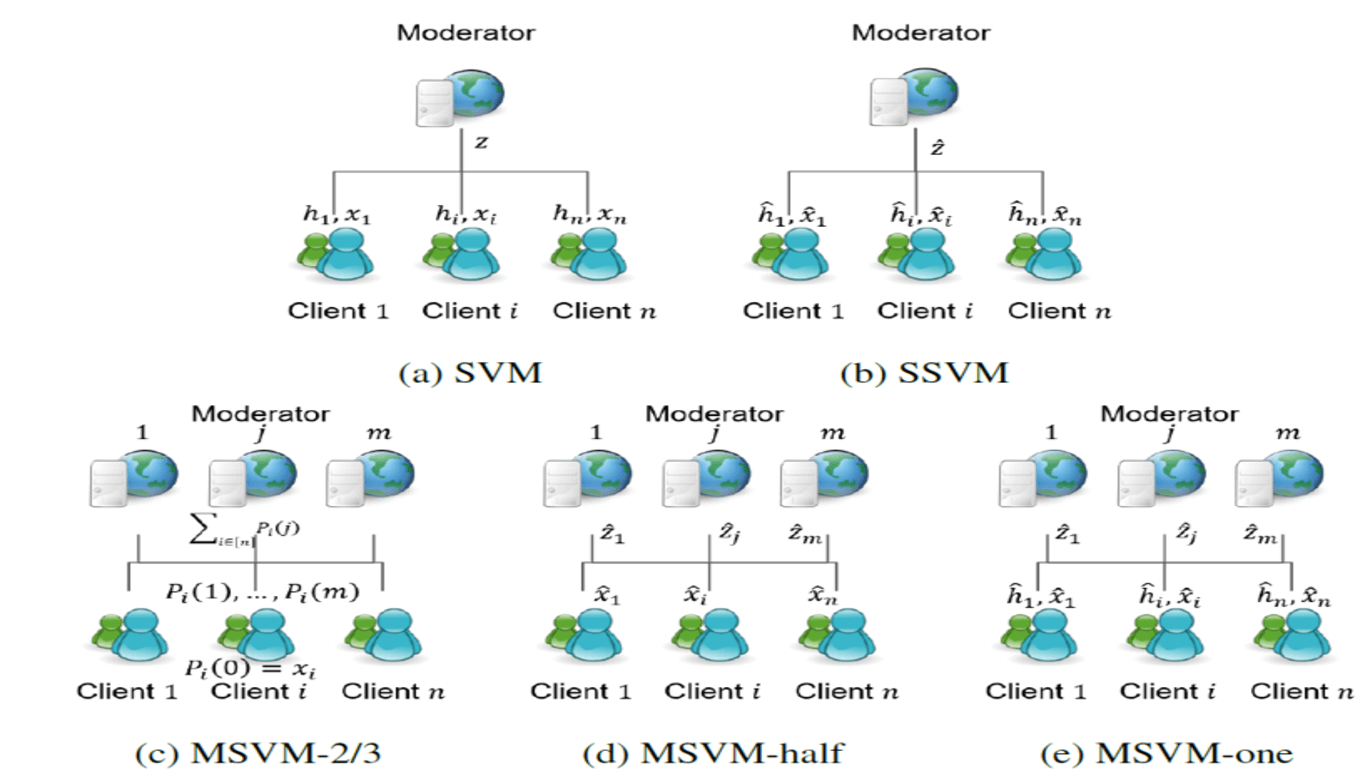
FedTrust: Towards Building
Secure Robust and Trustworthy Moderators for Federated Learning
Most Federated Learning (FL) systems are built upon a strong assumption of trust—clients fully trust the centralized moderator, which might not be feasible in practice. This work aims to mitigate the assumption by using appropriate cryptographic tools.
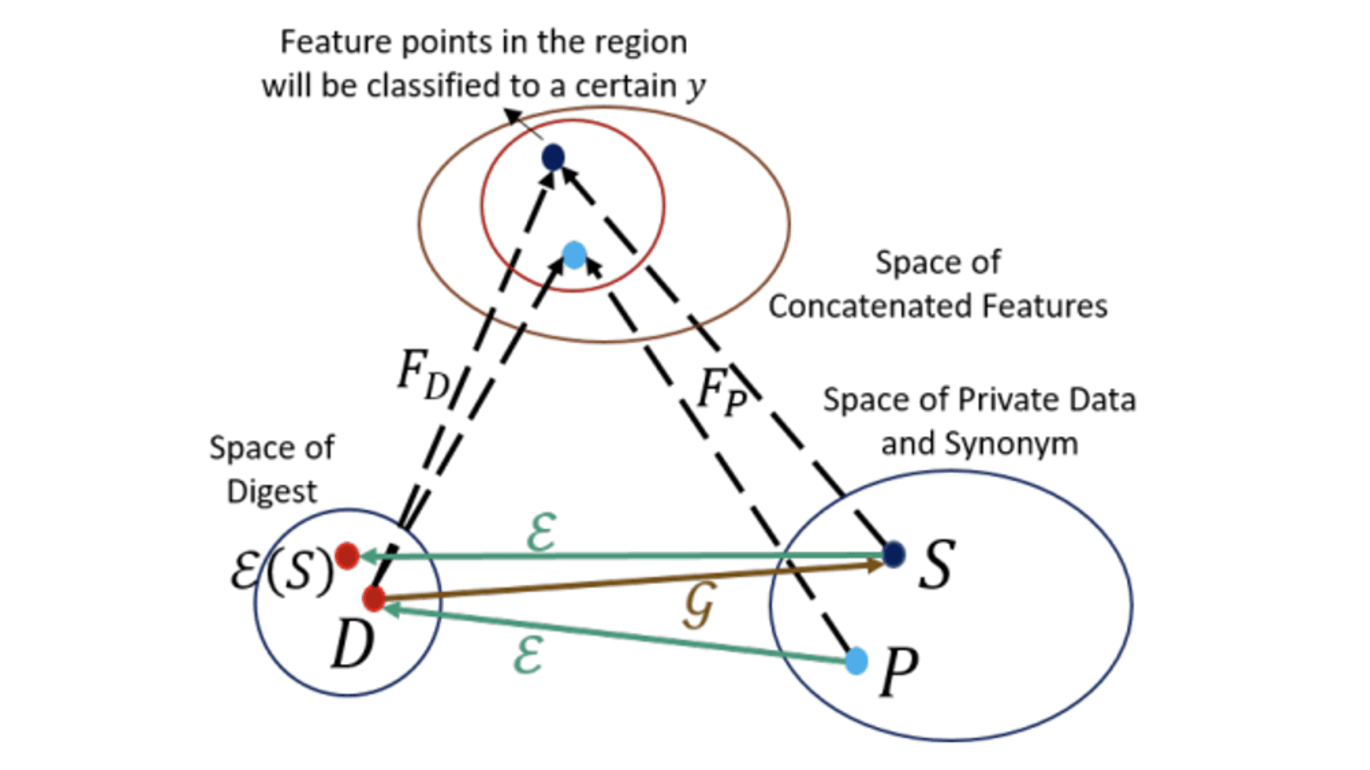
A Robust Collaborative Learning Framework Using Data Digests and Synonyms to Represent Absent Clients
We propose Collaborative Learning with Synonyms (CLSyn), a robust and versatile collaborative machine learning framework that can tolerate unexpected client absence during training while maintaining high model accuracy.
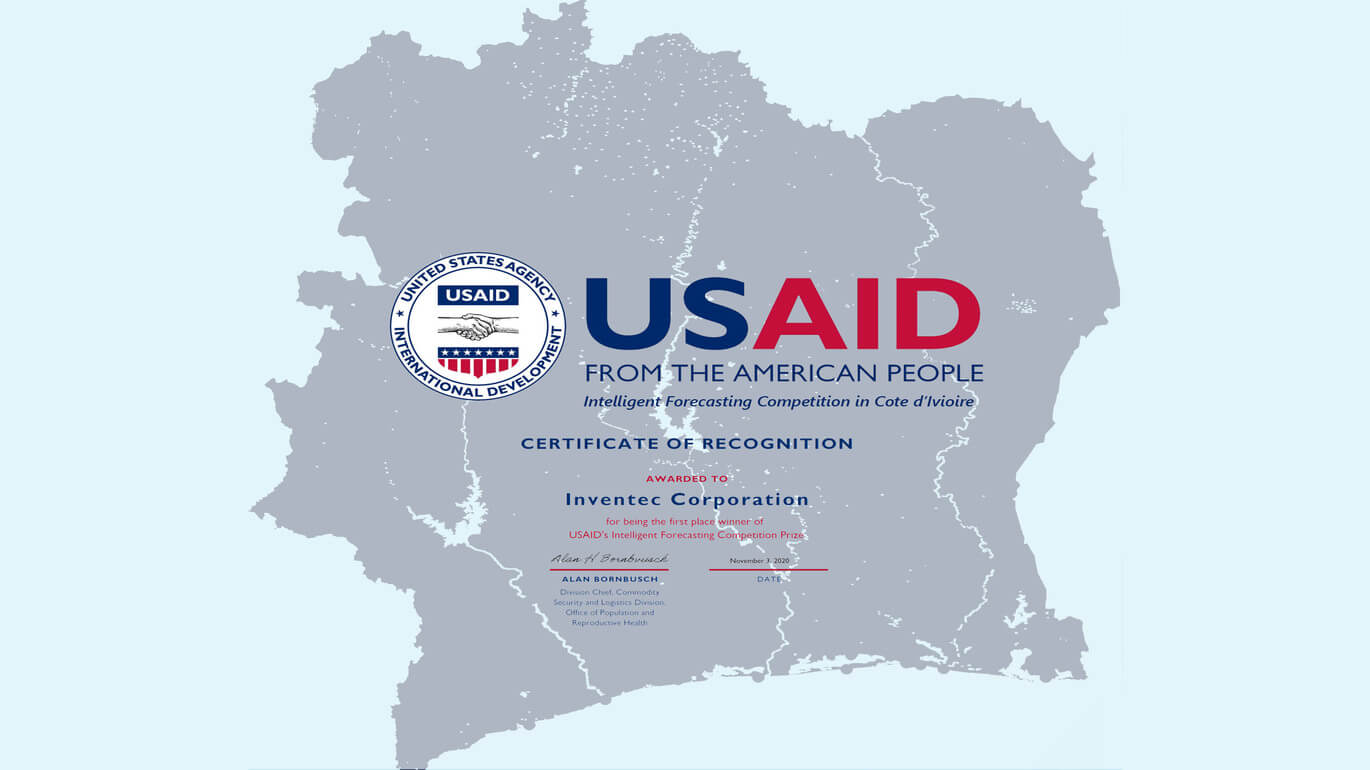
USAID: Intelligent Forecasting Competition
The competition focused on the global health topic, where we need to build an AI algorithm to provide an accurate prediction for contraceptive consumption in Africa, specifically Cote d’Ivoire.
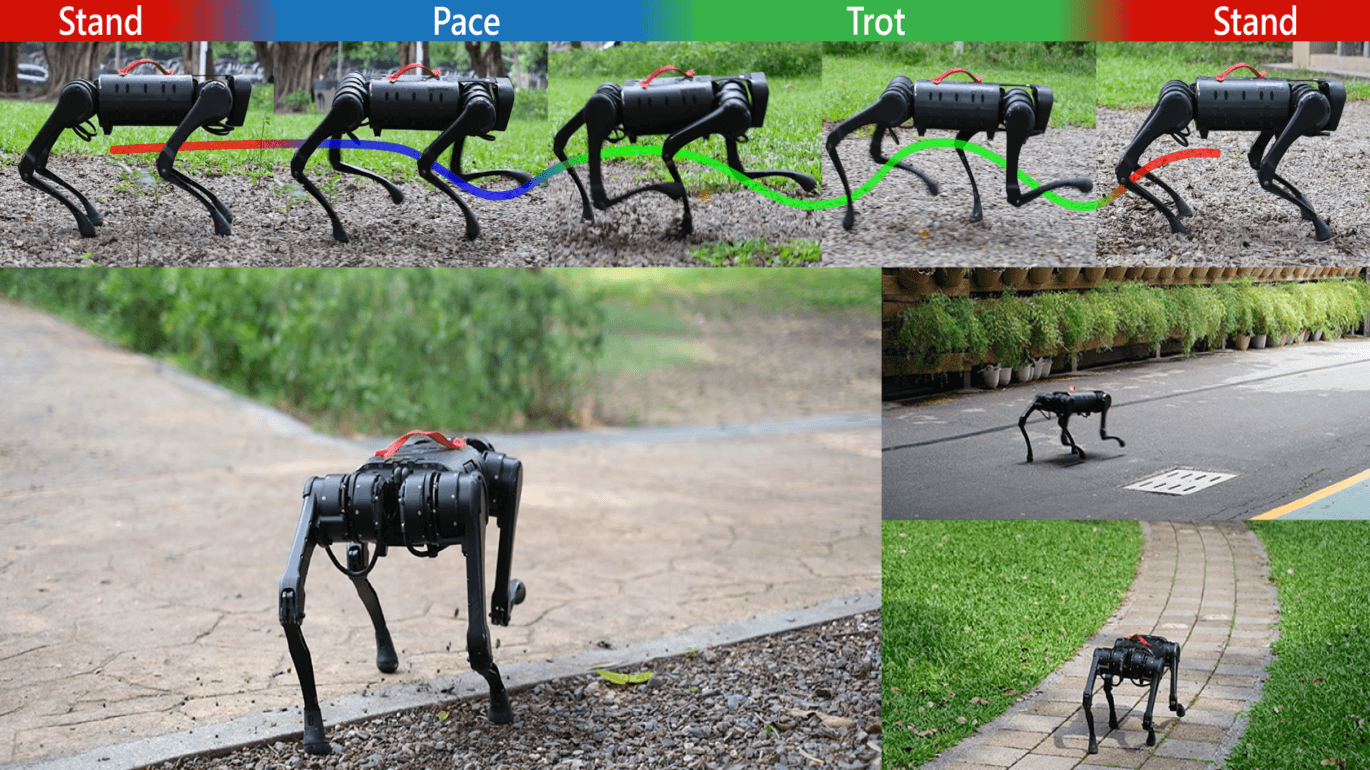
Expanding Versatility of Agile Locomotion through Policy Transitions Using Latent State Representation
This paper proposes the transition-net, a robust transition strategy that expands the versatility of robot locomotion in the real-world setting.
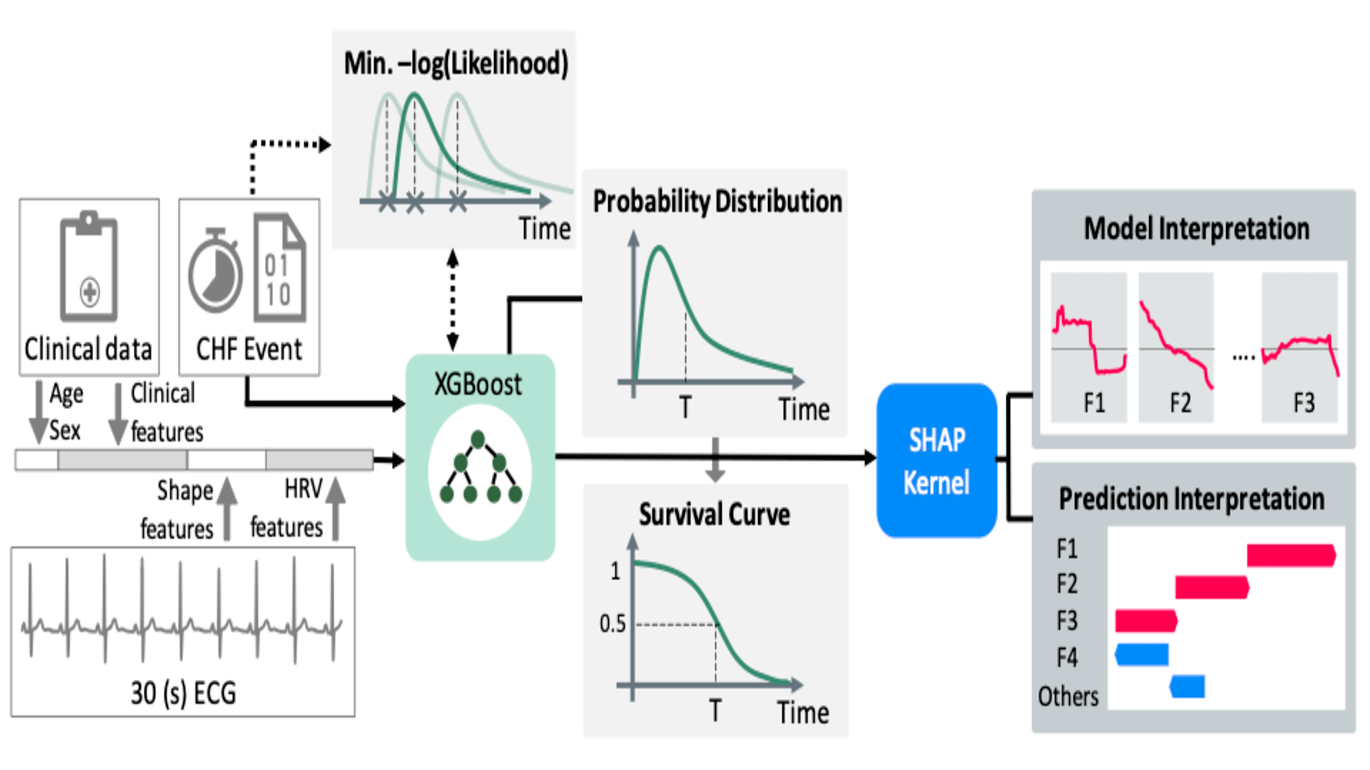
Interpretable Estimation of the risk of Heart Failure Hospitalization from a 30-second Electrocardiogram
This study shows it is possible to estimate hospitalization for congestive heart failure by a 30 seconds single-lead electrocardiogram signal. Using a machine learning approach not only results in greater predictive power but also provides clinically meaningful interpretations.
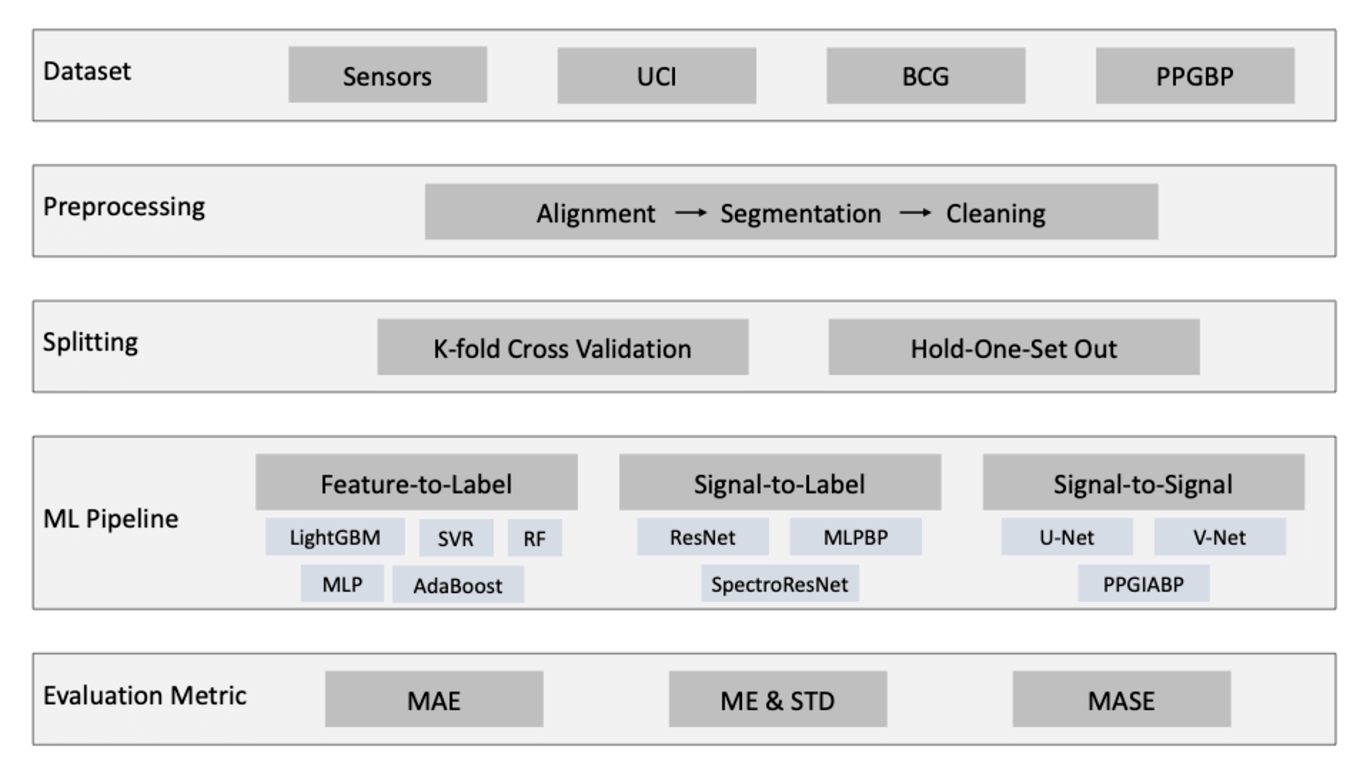
A Benchmark for Machine-Learning based Non-Invasive Blood Pressure Estimation using Photoplethysmogram
Blood Pressure (BP) is an important cardiovascular health indicator. BP is usually monitored non-invasively with a cuff-based device, which can be bulky and inconvenient. Thus, continuous and portable BP monitoring devices, such as those based on a photoplethysmography (PPG) waveform, are desirable. In particular, Machine Learning (ML) based BP estimation approaches have gained considerable attention as they have the potential to estimate intermittent or continuous BP with only a single PPG measurement.
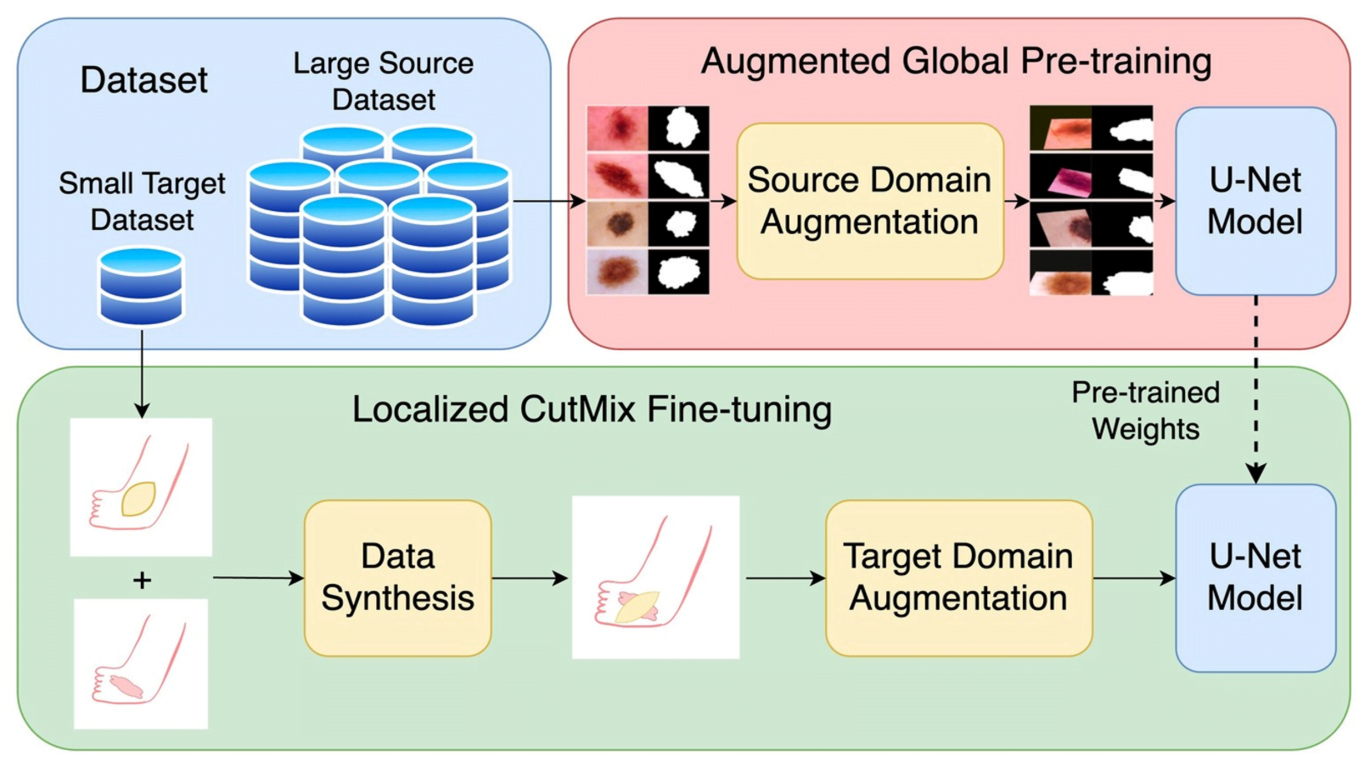
Improving Limited Supervised Foot Ulcer Segmentation Using Cross-Domain Augmentation
Diabetic foot ulcers pose health risks. Our method, TransMix, enhances wound segmentation data, improving model training with limited annotated images, leading to significant performance improvement.
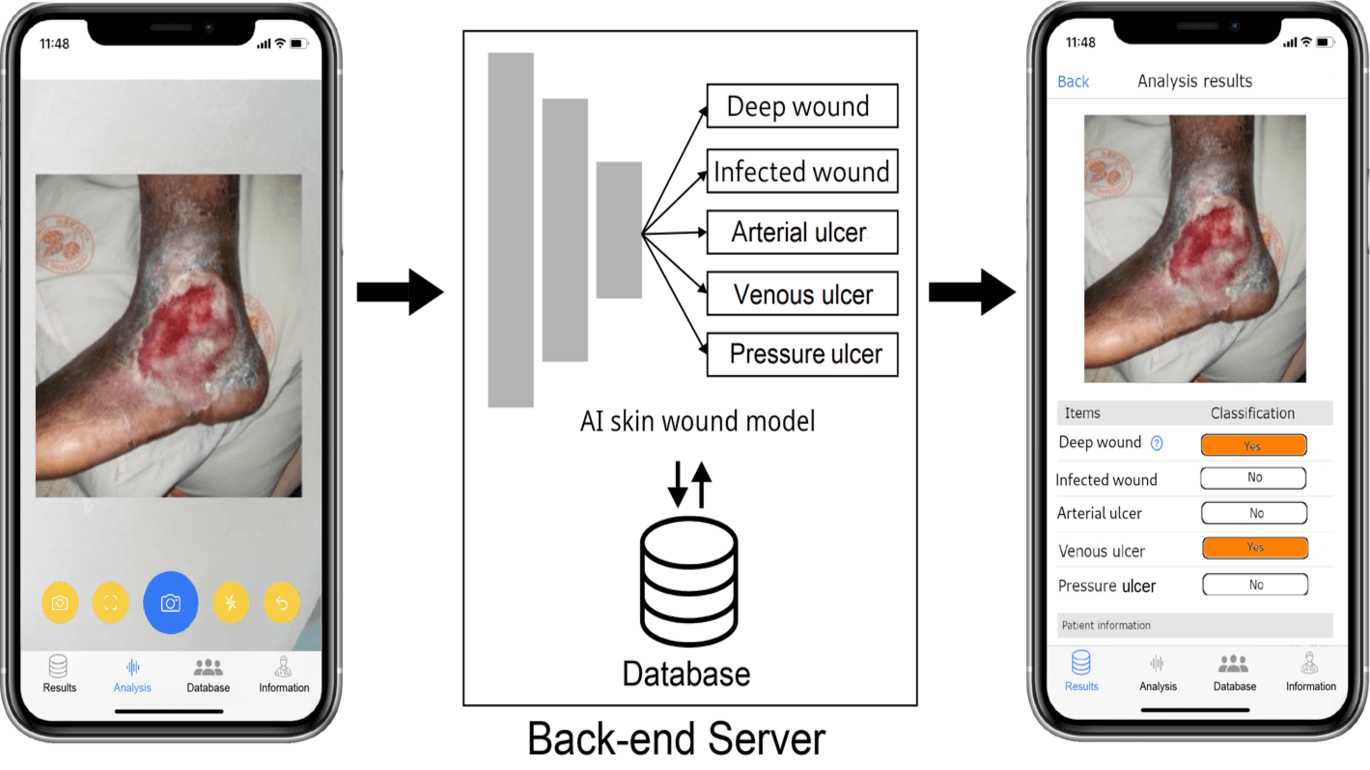
Development of a Deep Learning-Based Tool to Assist Wound Classification
This paper presents a deep learning-based wound classification tool that can assist medical personnel in non-wound care specialization to classify five key wound conditions, namely deep wound, infected wound, arterial wound, venous wound, and pressure wound, given color images captured using readily available cameras. The accuracy of the classification is vital for appropriate wound management.
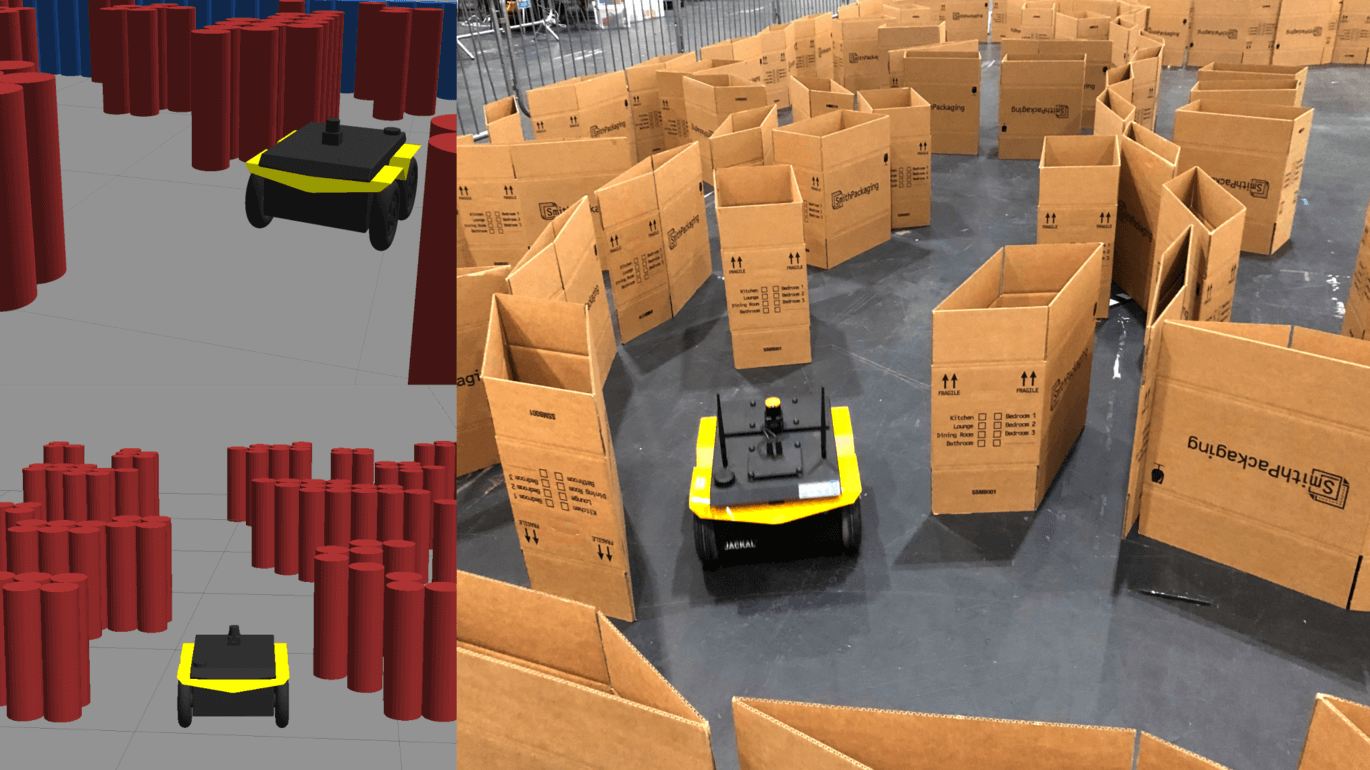
BARN Challenge 2023 – Navigation in Tighly Constrained Spaces
Many existing navigation systems allow robots to move from one point to another in a collision-free manner, which may create the impression that navigation is a solved problem. However, autonomous mobile robots still struggle in many scenarios, e.g., colliding with or getting stuck in novel and tightly constrained spaces.
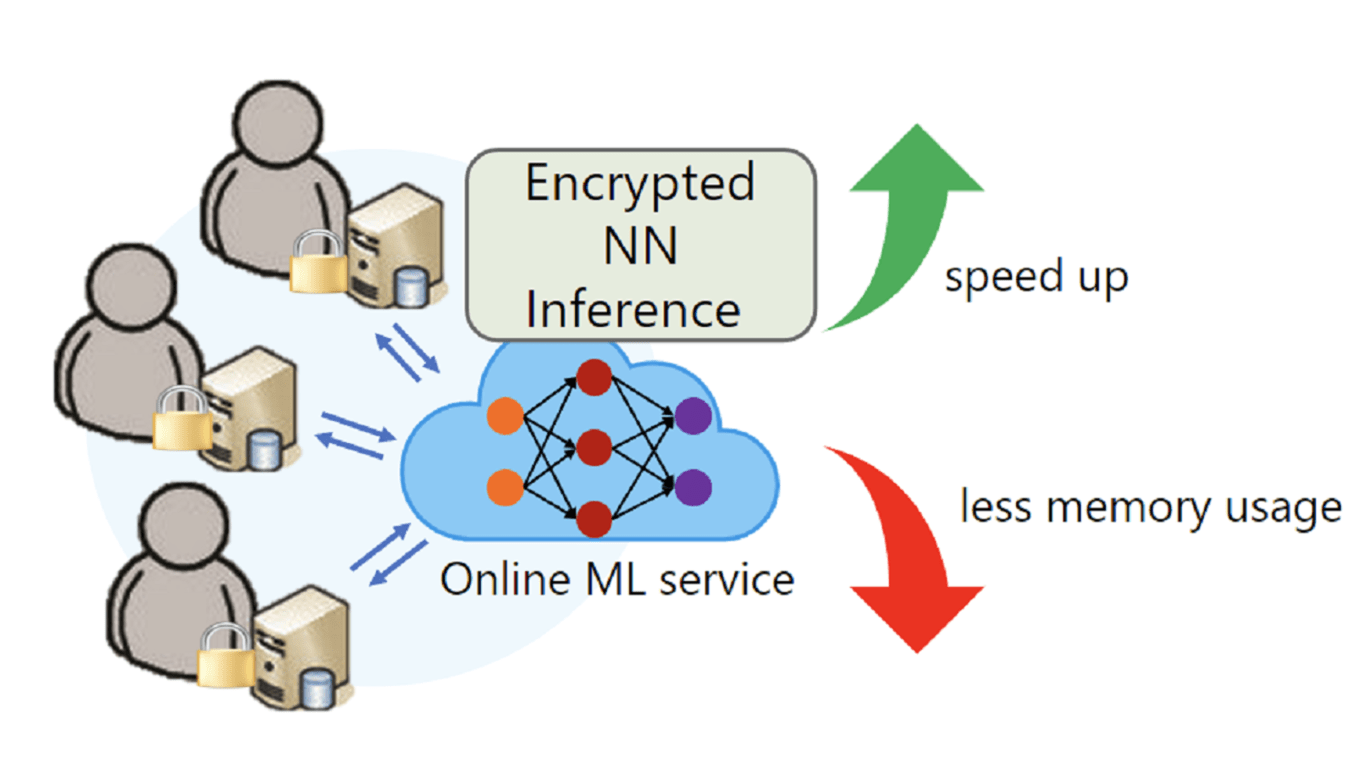
An Efficient CKKS-FHEW/TFHE Hybrid Encrypted Inference Framework
We aim to investigate the opportunity to apply the CKKS-FHEW/TFHE hybrid approach to NNs.
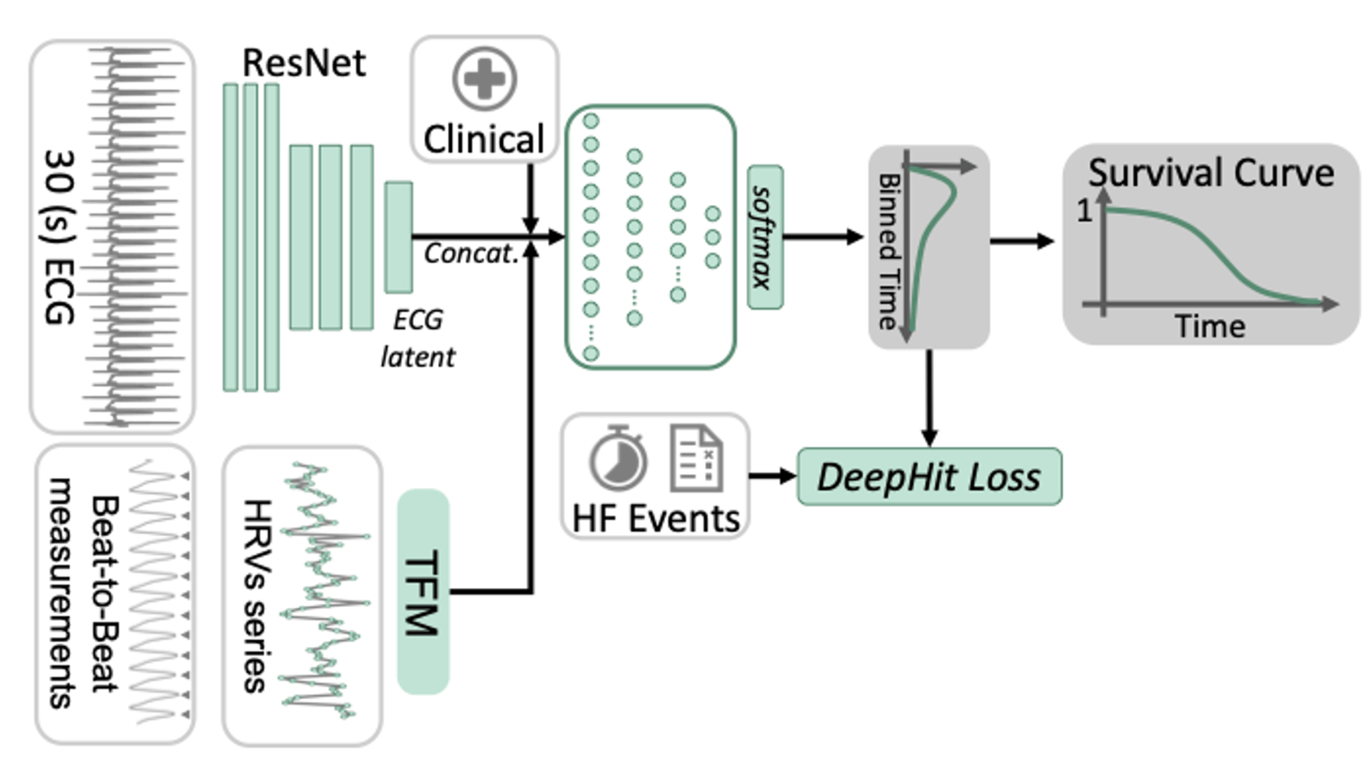
Multi-modal Heart Failure Risk Estimation based on Short ECG and Sampled Long-Term HRV
This paper propose several multi-modal approaches that combine 30-s ECG recordings and approximate long-term Heart Rate Variability (HRV) data to estimate the risk of HF hospitalization. The experiments demonstrate high model performance for HF risk assessment. Our approach implemented in the myHeartScore App offers cost-effective and highly accessible HF risk assessment, contributing to its prevention and management.
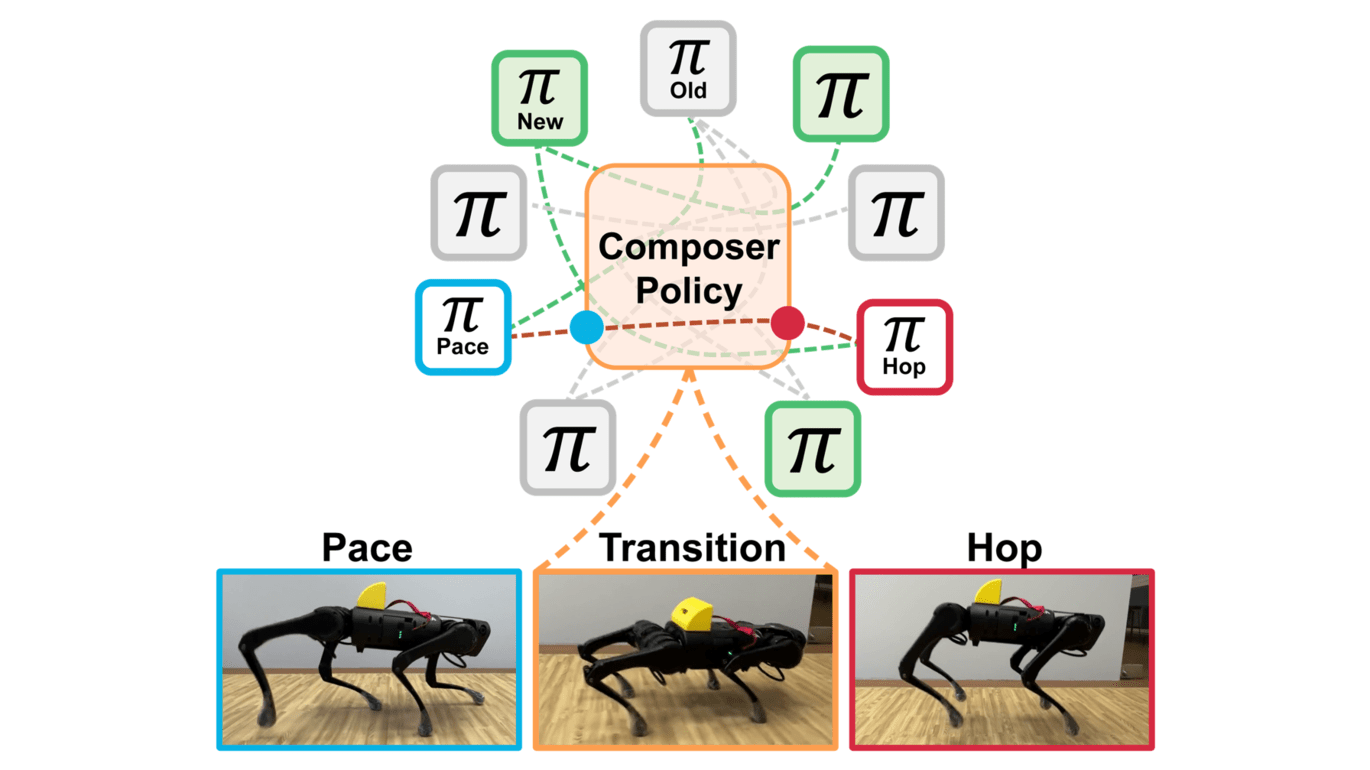
Expert Composer Policy: Scalable Skill Repertoire for Quadruped Robots
A framework to reliably expand the skill repertoire of quadruped agents. The composer policy links pair of experts via transitions to a sampled target state, allowing experts to be composed sequentially.

Learning with Instance-dependent Noisy Labels by Anchor Hallucination and Hard Sample Label Correction
A framework aims to solve the real-world noisy label issues by explicitly distinguishing between clean vs. noisy and easy vs. hard samples.
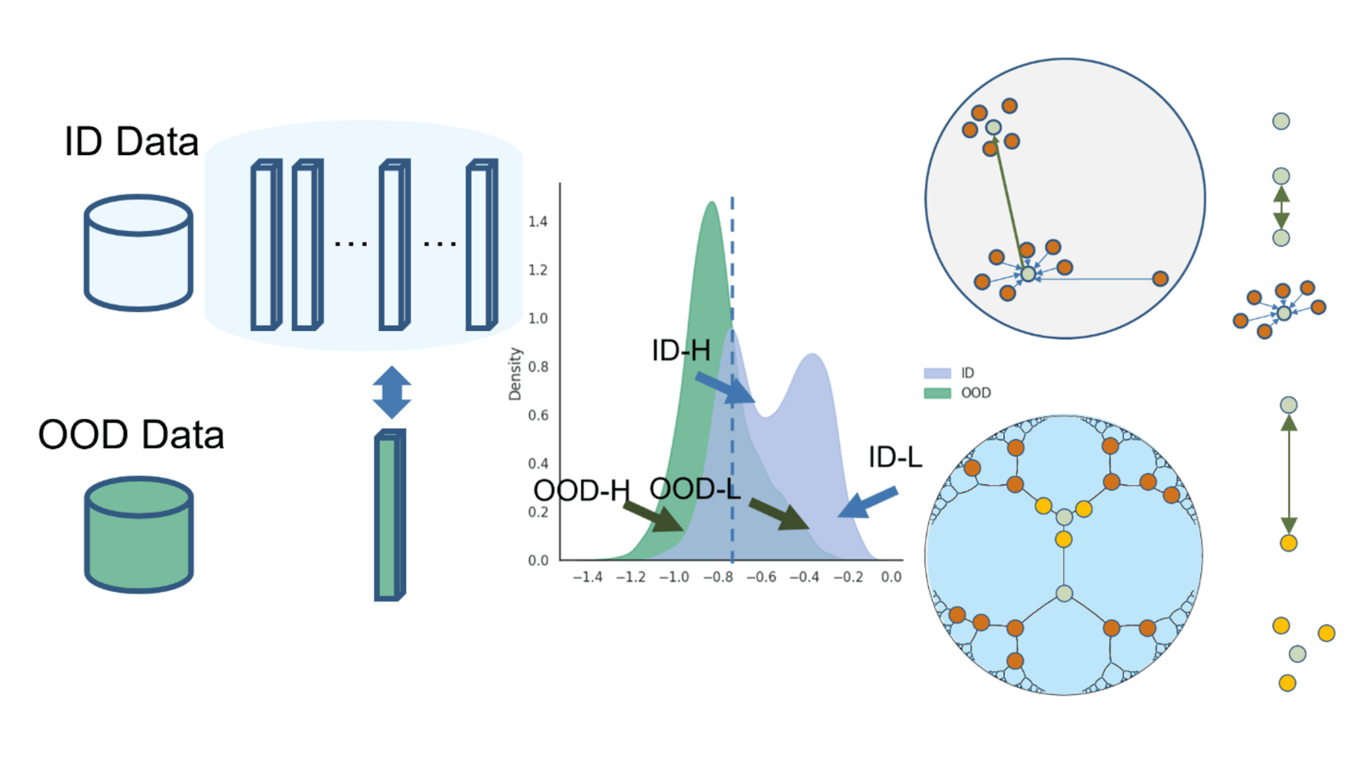
Learning Multi-Manifold Embedding for Out-Of-Distribution Detection
Our Multi-Manifold Embedding Learning framework improves out-of-distribution (OOD) detection by jointly optimizing hypersphere and hyperbolic spaces. We also investigate a test-time enrollment strategy for real-world usages.
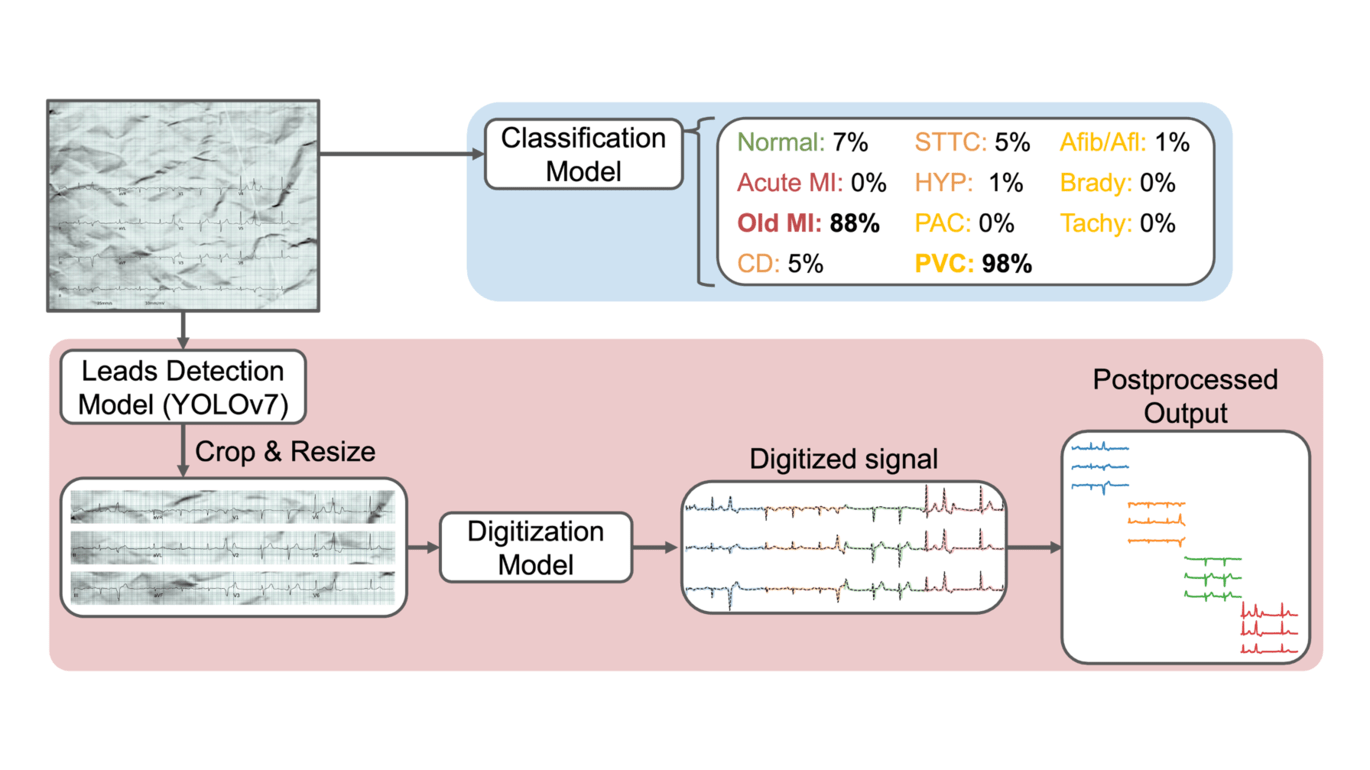
Dual Deep Learning System to Digitize and Classify 12-lead ECGs from Scanned Images
As part of the PhysioNet/Computing in Cardiology Challenge 2024, our team, Inventec AIC, developed a dual deep-learning system to digitize and classify 12-lead electrocardiograms (ECG) from scanned images. Our approach was awarded 2nd place in the classification task of the PhysioNet Challenge.
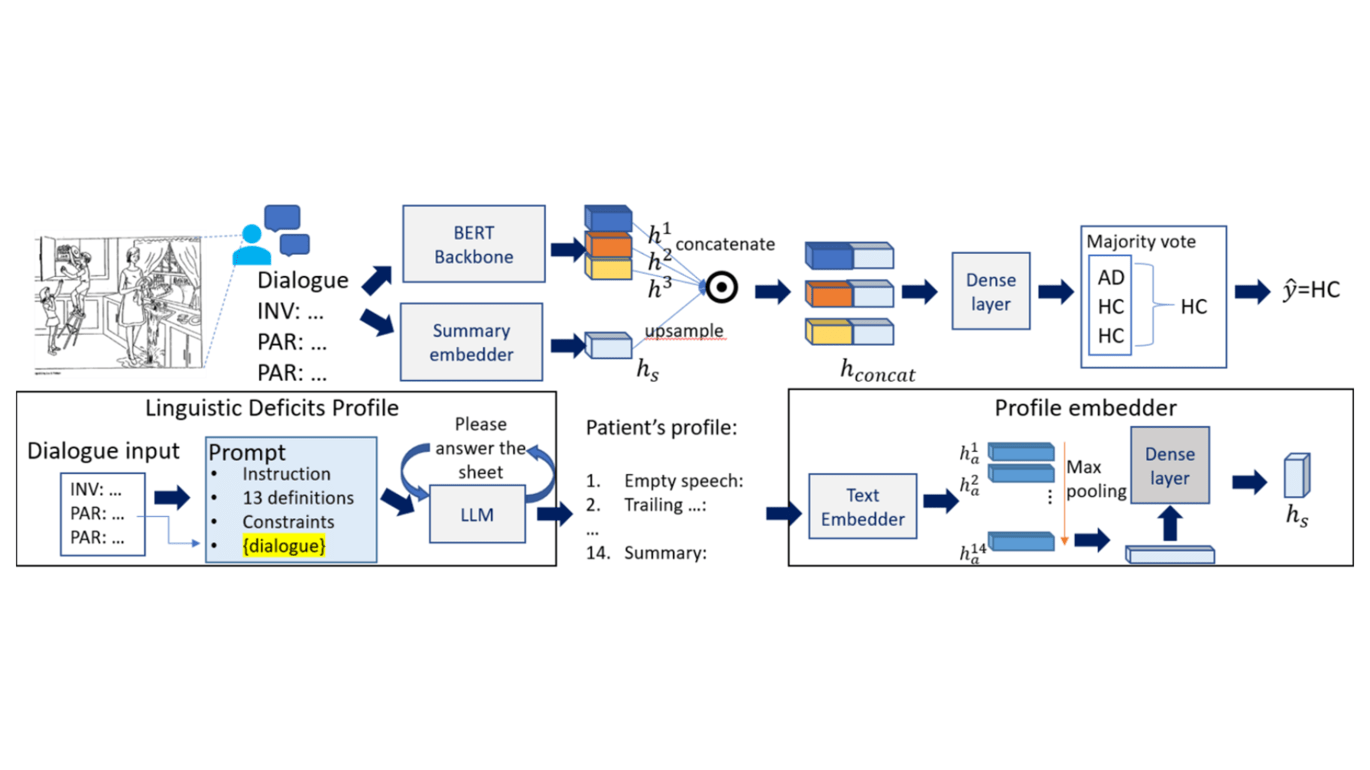
Profiling Patient Transcript Using Large Language Model Reasoning Augmentation for Alzheimer’s Disease Detection
This idea uses LLM to generate patient’s linguistic profile, which is helpful in assessing Alzheimer’s Disease. Method: designing prompt to instruct LLM to identify language deficits from participant’s transcript Evaluation: 8.34% performance gain (measured in accuracy).
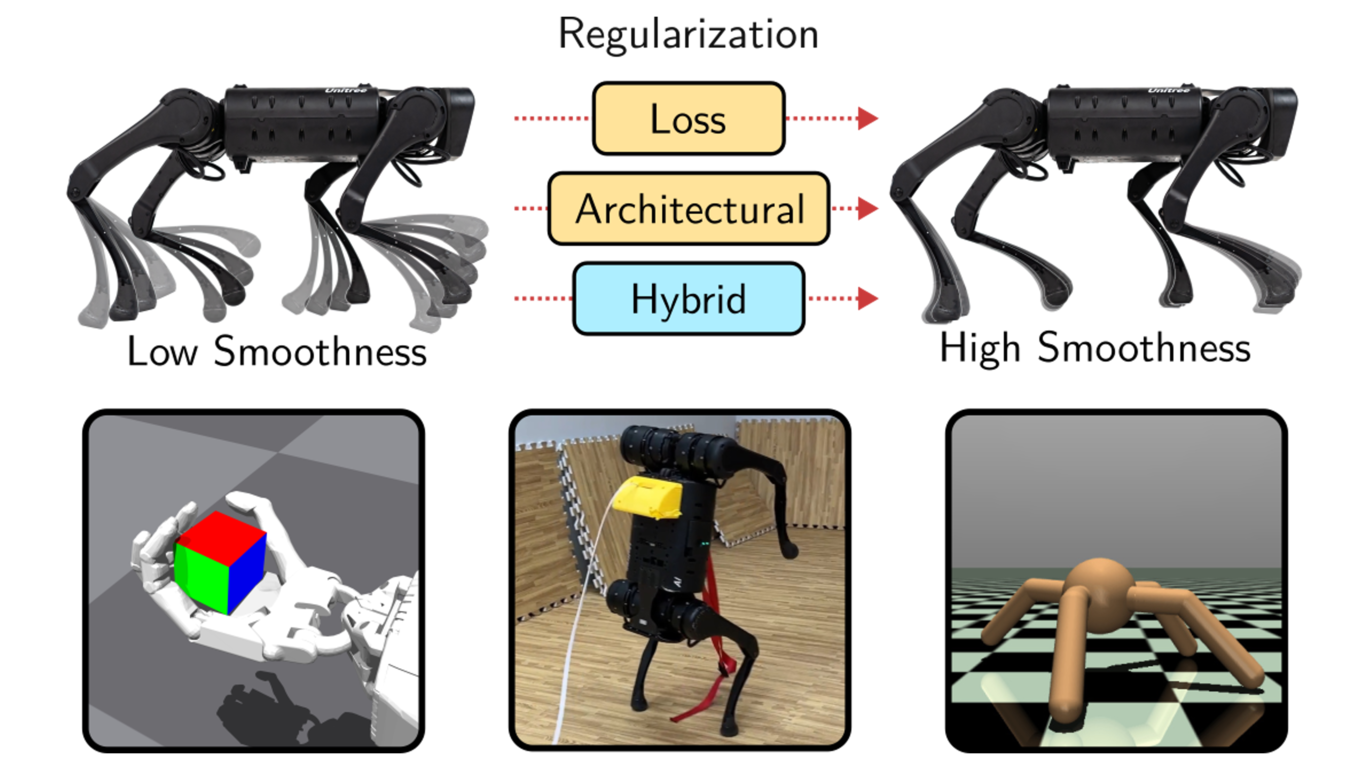
Benchmarking Smoothness and Reducing High-Frequency Oscillations in Continuous Control Policies
In this paper, we analyze methods for reducing high-frequency oscillations in deep RL, focusing on loss regularization and architectural approaches. We introduce hybrid methods combining both techniques, with our best hybrid improving control smoothness by 26.8% while only degrading performance by 2.8%.

Who Brings the Frisbee: Probing Hidden Hallucination Factors in Large Vision-Language Model via Causality Analysis
An causal analytical framework identifies and addresses hallucination in vision language models.

A Mixed-Domain Self-Attention Network for Multilabel Cardiac Irregularity Classification Using Reduced-Lead Electrocardiogram
As part of the PhysioNet Computing in Cardiology Challenge 2021, our team HaoWan AIeC, proposed Mixed-Domain Self-Attention Resnet (MDARsn) to identify cardiac abnormalities from reduced-lead ECG.

Interpretable Estimation of the risk of Heart Failure Hospitalization from a 30-second Electrocardiogram
This study shows it is possible to estimate hospitalization for congestive heart failure by a 30 seconds single-lead electrocardiogram signal. Using a machine learning approach not only results in greater predictive power but also provides clinically meaningful interpretations.

A Benchmark for Machine-Learning based Non-Invasive Blood Pressure Estimation using Photoplethysmogram
Blood Pressure (BP) is an important cardiovascular health indicator. BP is usually monitored non-invasively with a cuff-based device, which can be bulky and inconvenient. Thus, continuous and portable BP monitoring devices, such as those based on a photoplethysmography (PPG) waveform, are desirable. In particular, Machine Learning (ML) based BP estimation approaches have gained considerable attention as they have the potential to estimate intermittent or continuous BP with only a single PPG measurement.

Development of a Deep Learning-Based Tool to Assist Wound Classification
This paper presents a deep learning-based wound classification tool that can assist medical personnel in non-wound care specialization to classify five key wound conditions, namely deep wound, infected wound, arterial wound, venous wound, and pressure wound, given color images captured using readily available cameras. The accuracy of the classification is vital for appropriate wound management.

Improving Limited Supervised Foot Ulcer Segmentation Using Cross-Domain Augmentation
Diabetic foot ulcers pose health risks. Our method, TransMix, enhances wound segmentation data, improving model training with limited annotated images, leading to significant performance improvement.

Multi-modal Heart Failure Risk Estimation based on Short ECG and Sampled Long-Term HRV
This paper propose several multi-modal approaches that combine 30-s ECG recordings and approximate long-term Heart Rate Variability (HRV) data to estimate the risk of HF hospitalization. The experiments demonstrate high model performance for HF risk assessment. Our approach implemented in the myHeartScore App offers cost-effective and highly accessible HF risk assessment, contributing to its prevention and management.

Dual Deep Learning System to Digitize and Classify 12-lead ECGs from Scanned Images
As part of the PhysioNet/Computing in Cardiology Challenge 2024, our team, Inventec AIC, developed a dual deep-learning system to digitize and classify 12-lead electrocardiograms (ECG) from scanned images. Our approach was awarded 2nd place in the classification task of the PhysioNet Challenge.

Profiling Patient Transcript Using Large Language Model Reasoning Augmentation for Alzheimer’s Disease Detection
This idea uses LLM to generate patient’s linguistic profile, which is helpful in assessing Alzheimer’s Disease. Method: designing prompt to instruct LLM to identify language deficits from participant’s transcript Evaluation: 8.34% performance gain (measured in accuracy).

USAID: Intelligent Forecasting Competition
The competition focused on the global health topic, where we need to build an AI algorithm to provide an accurate prediction for contraceptive consumption in Africa, specifically Cote d’Ivoire.

A Trainable Reconciliation Method for Hierarchical Time-Series
In this paper, we propose a new general, flexible, and easy-to-implement reconciliation strategy based on an encoder-decoder neural network.

Domain-Generalized Textured Surface Anomaly Detection
By observing normal and abnormal surface data across multiple source domains, our model is expected to be generalized to an unseen textured surface of interest, in which only a small number of normal data can be observed during testing.

Demystifying data and AI for manufacturing: case studies from a major computer maker
We create a deep learning-based algorithm for visual inspection of product appearances, which requires significantly less defect training data compared to traditional approaches.

TrustMAE: A Noise-Resilient Defect Classification Framework using Memory-Augmented Auto-Encoders with Trust Regions
In this paper, we propose a framework called Trust MAE to address the problem of product defect classification. Instead of relying on defective images that are difficult to collect and laborious to label, our framework can accept datasets with unlabeled images.
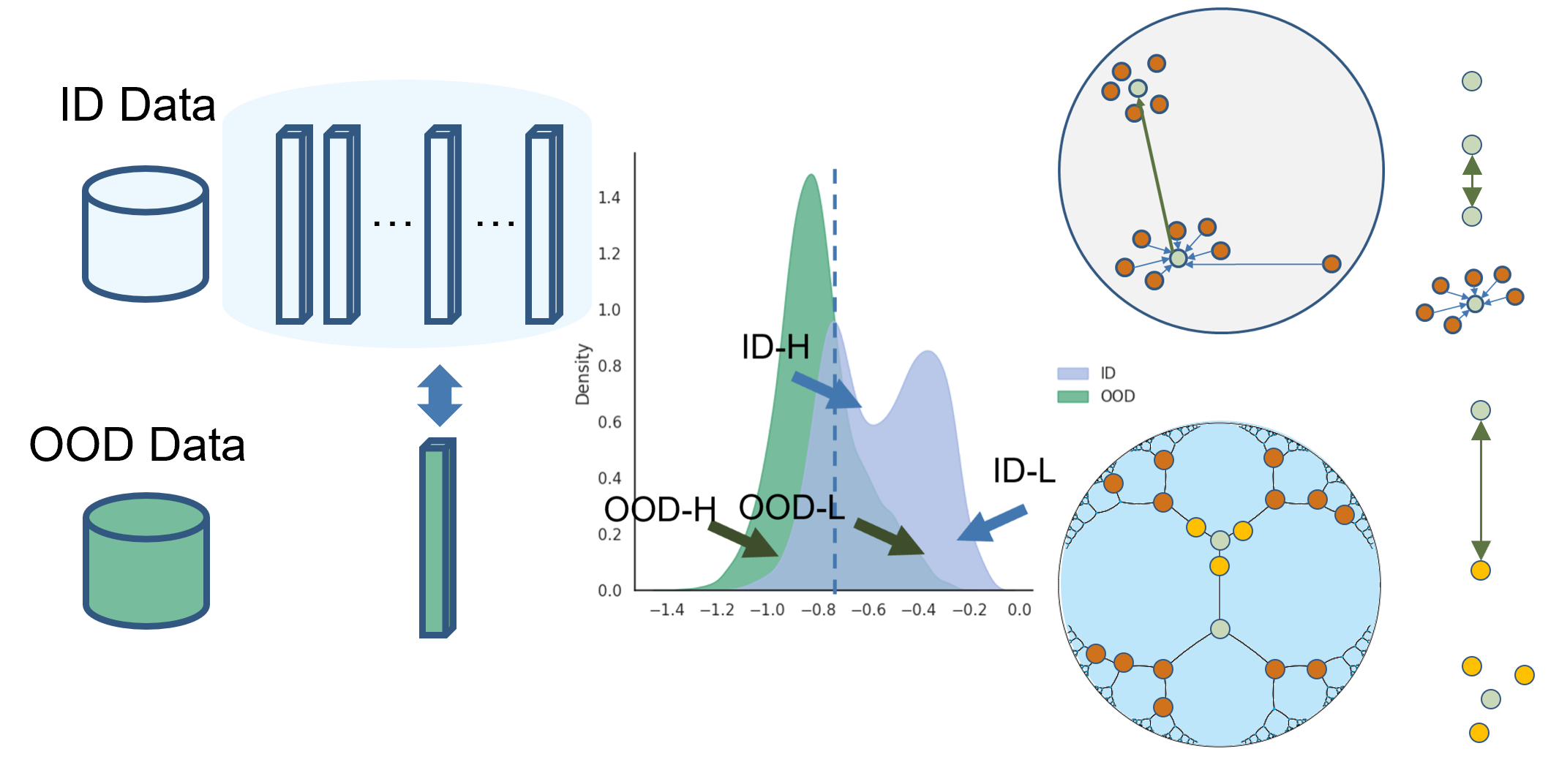
Learning Multi-Manifold Embedding for Out-Of-Distribution Detection
Our Multi-Manifold Embedding Learning framework improves out-of-distribution (OOD) detection by jointly optimizing hypersphere and hyperbolic spaces. We also investigate a test-time enrollment strategy for real-world usages.

Transition Motion Tensor: A Data-Driven Approach for Versatile and Controllable Agents in Physically Simulated Environments
This paper proposes the Transition Motion Tensor, a data-driven framework that creates novel and physically accurate transitions outside of the motion dataset.

CARL: Controllable Agent with Reinforcement Learning for Quadruped Locomotion
In this paper, we present CARL, a quadruped agent that can be controlled with high-level directives and react naturally to dynamic environments.

Expanding Versatility of Agile Locomotion through Policy Transitions Using Latent State Representation
This paper proposes the transition-net, a robust transition strategy that expands the versatility of robot locomotion in the real-world setting.

Expert Composer Policy: Scalable Skill Repertoire for Quadruped Robots
A framework to reliably expand the skill repertoire of quadruped agents. The composer policy links pair of experts via transitions to a sampled target state, allowing experts to be composed sequentially.

BARN Challenge 2023 – Navigation in Tighly Constrained Spaces
Many existing navigation systems allow robots to move from one point to another in a collision-free manner, which may create the impression that navigation is a solved problem. However, autonomous mobile robots still struggle in many scenarios, e.g., colliding with or getting stuck in novel and tightly constrained spaces.

Benchmarking Smoothness and Reducing High-Frequency Oscillations in Continuous Control Policies
In this paper, we analyze methods for reducing high-frequency oscillations in deep RL, focusing on loss regularization and architectural approaches. We introduce hybrid methods combining both techniques, with our best hybrid improving control smoothness by 26.8% while only degrading performance by 2.8%.

Learning with Instance-dependent Noisy Labels by Anchor Hallucination and Hard Sample Label Correction
A framework aims to solve the real-world noisy label issues by explicitly distinguishing between clean vs. noisy and easy vs. hard samples.

Configuration through Optimization for In-Memory Computing Hardware and Simulators
In this paper, we aim to simulate unknown IMC hardware with existing simulators to reduce the development time for a new simulator.
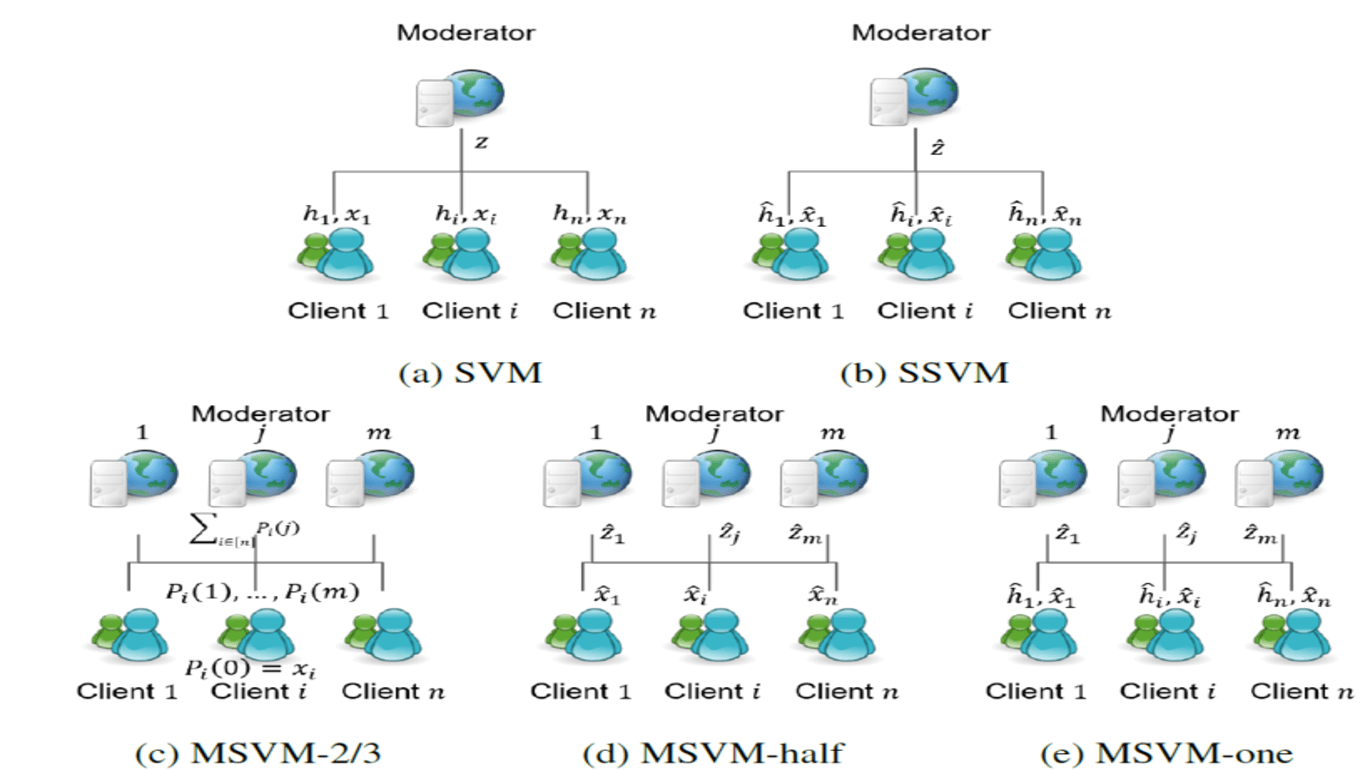
FedTrust: Towards Building
Secure Robust and Trustworthy Moderators for Federated Learning
Most Federated Learning (FL) systems are built upon a strong assumption of trust—clients fully trust the centralized moderator, which might not be feasible in practice. This work aims to mitigate the assumption by using appropriate cryptographic tools.

A Robust Collaborative Learning Framework Using Data Digests and Synonyms to Represent Absent Clients
We propose Collaborative Learning with Synonyms (CLSyn), a robust and versatile collaborative machine learning framework that can tolerate unexpected client absence during training while maintaining high model accuracy.

An Efficient CKKS-FHEW/TFHE Hybrid Encrypted Inference Framework
We aim to investigate the opportunity to apply the CKKS-FHEW/TFHE hybrid approach to NNs.

Who Brings the Frisbee: Probing Hidden Hallucination Factors in Large Vision-Language Model via Causality Analysis
An causal analytical framework identifies and addresses hallucination in vision language models.
